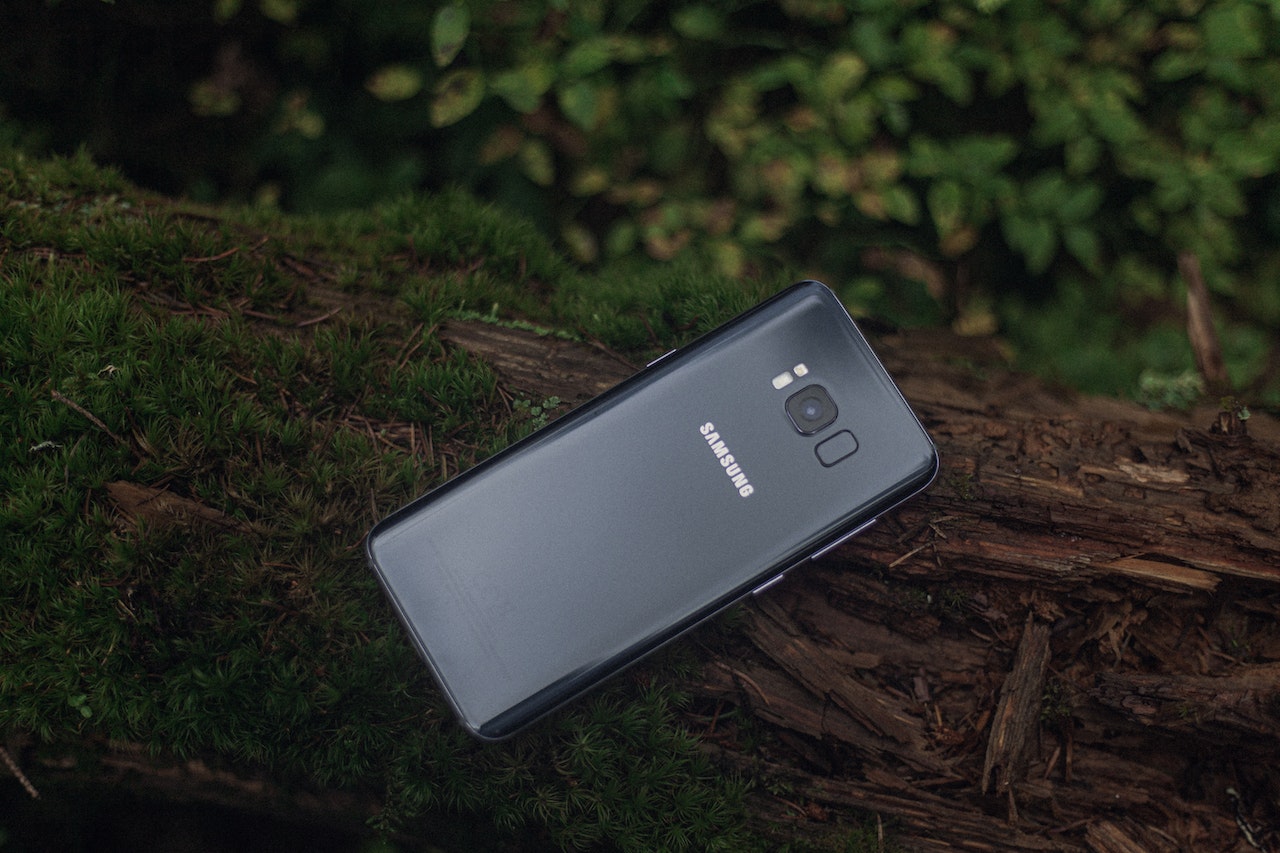In the ever-evolving arena of the global smartphone market, two tech giants, Samsung and Apple, are locked in an intense battle for supremacy. According to the latest data from Counterpoint Research for the first quarter of 2023, Samsung has established a stronghold with a 22% market share, just edging ahead of Apple, which claims a 21% market share. These statistics not only emphasize the fierce competition between these two industry titans but also underscore the formidable lead they maintain over their Chinese competitors, including Oppo and Xiaomi.
To gain a decisive advantage over Apple, particularly in the US smartphone market, Samsung has embarked on an ambitious strategy centered around its groundbreaking foldable smartphones. This strategy was showcased at Samsung’s highly anticipated “Unpacked” event, held in South Korea in July. At this event, Samsung unveiled its latest innovations, the Galaxy Z Fold 5 and Galaxy Z Flip 5, positioning them as the pinnacle of its product portfolio.
These new foldable devices present consumers with two distinctive designs. The Galaxy Z Fold 5 mimics the functionality of a book, allowing for an expansive and immersive user experience, while the Galaxy Z Flip 5 folds like the classic clamshell phone, combining nostalgia with cutting-edge technology. These fifth-generation foldables represent Samsung’s commitment to shaping the future of smartphones, both in terms of aesthetics and functionality.
Moreover, these foldable phones are not just a fleeting trend; they have injected much-needed excitement and innovation into the smartphone market. As Ramon Llamas, research director at IDC, aptly puts it, “The smartphone wars have really just been large black rectangles, and the contest was really just the processor speed and the camera.” Samsung’s foray into foldable devices has breathed new life into the industry, offering a refreshing departure from the status quo.
Nevertheless, Samsung faces a formidable challenge in persuading Apple aficionados to switch allegiance from their iPhones to smartphones powered by Google’s Android operating system. Apple and Samsung have both cultivated ecosystems designed to lock users into their respective platforms through exclusive apps, wearable accessories such as smartwatches and headphones, and enticing subscription services. Apple’s iMessage, renowned for its high-quality image and video sharing capabilities, stands as one of the strongest incentives for users to remain loyal to the iOS ecosystem.
Breaking these user habits won’t be easy, but Samsung’s foldables could sway those who are on the fence or less entrenched in the Apple ecosystem to consider a change. In an attempt to lure Apple users, Samsung has launched bold advertising campaigns on television and the web, challenging iPhone owners to make the switch.
However, Apple remains a formidable contender in the foldable smartphone arena, with the possibility of launching its own foldable device. While there’s no confirmation of such a product in development, experts speculate that Apple could make a move when the timing is right. IDC’s Ramon Llamas notes, “Apple is doing what Apple does. It stands on the shoulders of the giants that came before them until they make their move.”
Despite the excitement surrounding foldable smartphones, the market remains relatively small, with just 2.52 million units shipped in Q1 2023, compared to the broader smartphone market, which shipped a staggering 280.2 million units during the same period.
As Samsung takes the lead for the time being in this nascent foldable phone market, the ultimate question remains: can it convince iPhone users to make the switch? The industry watches with bated breath to see if they’re ready to flip their allegiances.
Source: Yahoo Finance



